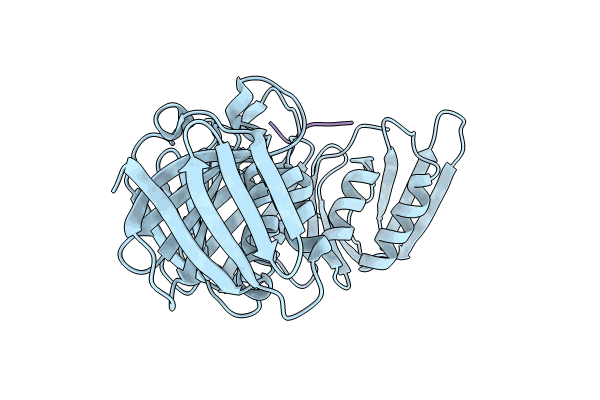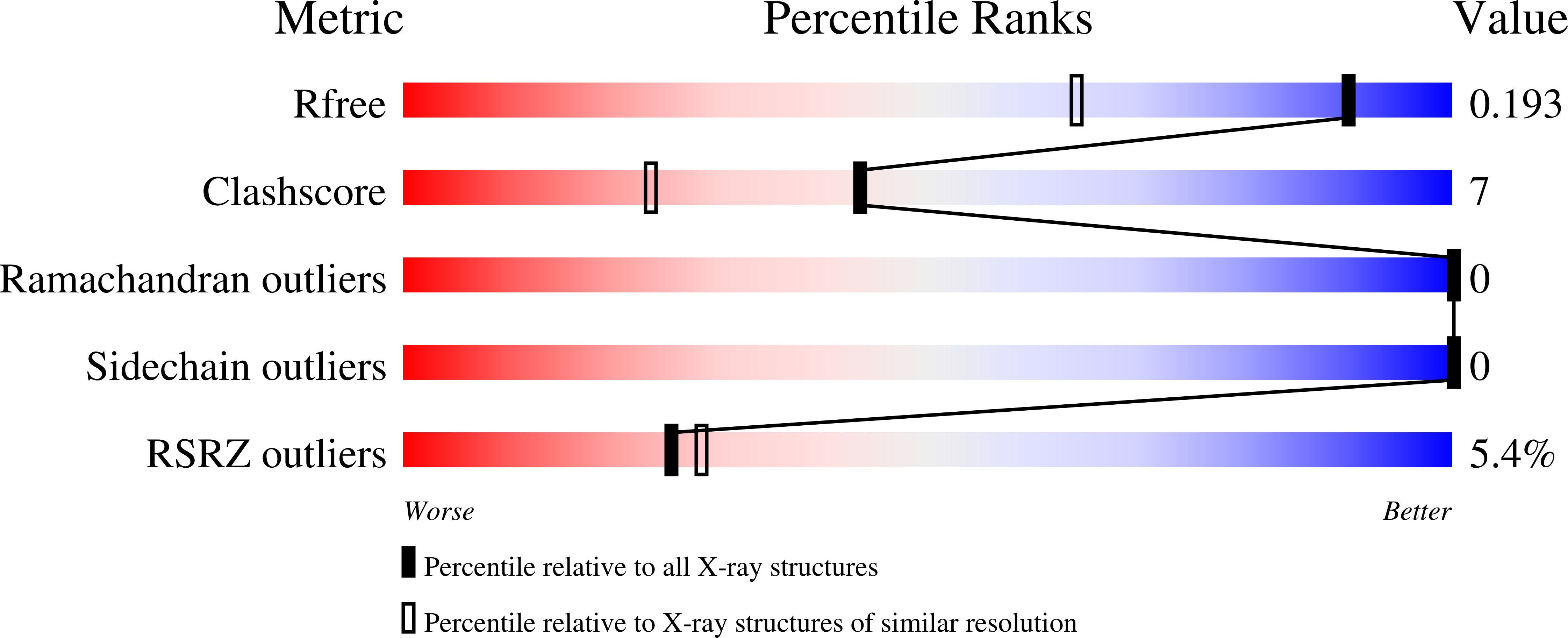
Deposition Date
2023-06-08
Release Date
2024-03-13
Last Version Date
2024-03-13
Entry Detail
PDB ID:
8PAT
Keywords:
Title:
Structure of the E.coli DNA polymerase sliding clamp with a covalently bound peptide 3.
Biological Source:
Source Organism:
Escherichia coli (Taxon ID: 562)
Host Organism:
Method Details:
Experimental Method:
Resolution:
1.45 Å
R-Value Free:
0.19
R-Value Work:
0.15
R-Value Observed:
0.15
Space Group:
C 1 2 1


